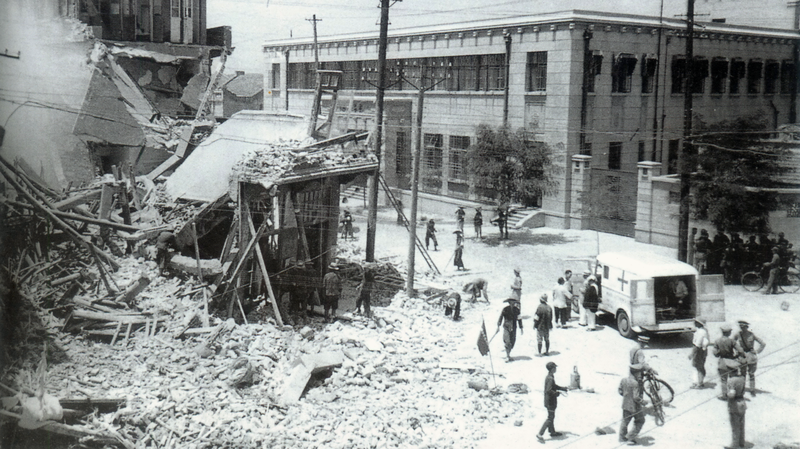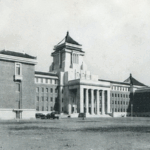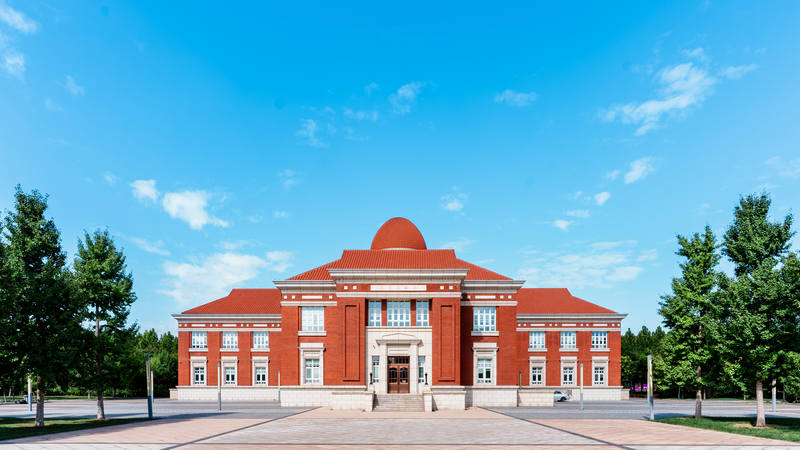In the heart of Wuhan, a city synonymous with both historical upheaval and modern innovation, stands Renmin Hospital of Wuhan University—a beacon of medical excellence born from the ashes of war. Its story begins in 1938, when Japanese airstrikes reduced the original Wuchang Hospital to rubble during the Battle of Wuhan, erasing what was once a cornerstone of China’s early 20th-century healthcare system.
Today, the institution’s revival is nothing short of extraordinary. With five sprawling campuses and 127 specialized clinical departments, it serves over 5,000 inpatients daily and trains thousands of medical professionals.
"This hospital is a testament to the unyielding spirit of Wuhan’s people,"said Dr. Li Wei, a senior cardiologist whose grandfather worked at the original site.
"Every brick laid since 1949 carries the weight of history and the promise of healing."
The hospital’s post-war reconstruction paralleled China’s broader modernization efforts, evolving into a hub for cutting-edge research on infectious diseases and cancer therapies. Its role during the COVID-19 pandemic drew global attention, with staff deploying lessons from decades of managing public health crises.
For historians, the institution offers a living archive: preserved surgical tools from its pre-war era sit alongside AI-driven diagnostic machines in its on-site museum. Meanwhile, its partnerships with Southeast Asian universities underscore Asia’s growing collaboration in medical innovation.
As Wuhan cements its status as a central China economic powerhouse, Renmin Hospital’s journey—from wartime destruction to biomedical leadership—mirrors the region’s relentless drive to transform adversity into opportunity.
Reference(s):
cgtn.com








